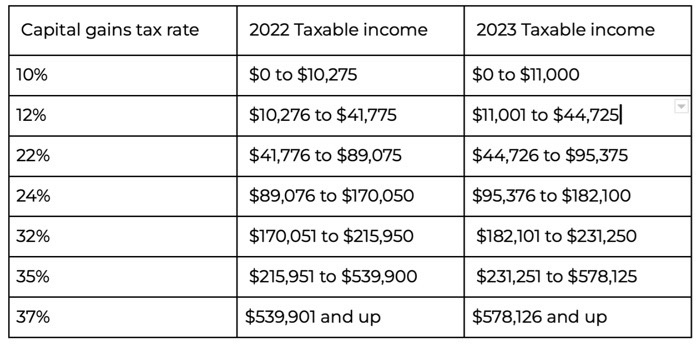Definition:
Alpha is a coefficient that compares specific investment indices over time to a wider indicator, such as the market as a whole.
What is Alpha?
The alpha coefficient of a security indicates its profitability superiority or lag in contrast to the broader market basket – the S&P 500 index. This coefficient has a single number format. So, the figure +2 indicates that the yield of the investment exceeded the benchmark level by 2% during a certain time period.
As alpha assesses an investment’s capacity to outperform the market using historical data, it is critical to understand that previous performance does not guarantee future outcomes.
Alpha and Beta: The difference
Alpha and Beta are both indicators that compare a stock’s performance to that of the market as a whole, but they do so in different ways.
Alpha is concerned with the extra returns that investments generate above and beyond market returns. The volatility of the stock price relative to the market, as well as whether it is moving in the same direction as the market as a whole, is indicated by beta.
Let’s take an example:
- Alpha of +3 indicates that the return on investment surpasses the return on the chosen benchmark by 3%.
- A beta of +3 indicates that an investment is three times more volatile than the market. As a result, if the market rises by 5%, the stock should rise by 15%. In contrast, if the market declines by 7%, the stock price should decrease by 21%. When beta is zero, there is no relationship between investment and the market. When beta is negative, investments are inversely linked with the market, which means they rise when the market falls and decrease when the market rises.
How to calculate Alpha?
There are various approaches to Alpha calculation.
- The most straightforward method is to deduct the entire return on investment from the benchmark in the same investment category. Let’s imagine that you invested in a portfolio composed exclusively of equities in 2022 and had a return of 28%. Assume the S&P 500 returned around 25% during the same time span. When you subtract the S&P 500 return from the return on your assets, you get a +3 alpha for your portfolio.
- Using CAPM. The Capital Asset Pricing Model (CAPM), a model that determines the expected return of an asset while accounting for its risk, is a more comprehensive technique to compute the alpha coefficient.
This formula employs a beta version and a risk-free rate, which is the rate of return that an investor may expect in the absence of risk.
Alpha = R – R(f) – Beta (R(m) – R(f)), where
R = return on investment
Rf = risk-free rate of return
Beta = systemic risk of any investment
Rm = basic profitability
Example
Let’s say the portfolio yield is 15%, the risk-free rate is 5%, the beta version of the investment is 1.2, and the base yield is 10%. You measure alpha using CAPM as follows:
Alpha = (0.15 – 0.05) – 1,2 (0.1 – 0.05) = +0.04
According to the formula, this portfolio outscored the underlying index by 0.04 percent.
Important points about the Alpha coefficient
The alpha value of every stock changes depending on the calculation technique and benchmark used. Alpha fluctuates throughout time, therefore it should be reviewed on a regular basis.
When comparing investments with alpha, keep the following best practices in mind:
- A critical disclaimer: While the alpha coefficient may be computed for other asset classes, it is best suited for shares.
- The significance of comparative evaluation: it is essential to compare oranges with oranges rather than tomatoes. A fund specialized in real estate businesses, for example, is not the same as a fund focusing on mid-cap corporations.
- Compare various investments using the same benchmark: comparing a fund with an alpha index based on the S&P 500 to a fund with an alpha index based on the Nasdaq-100 is improper.
- Alpha is not an infallible indicator: the coefficient is generated based on prior indications, thus it is only an estimate. This does not guarantee what will occur in the future.












